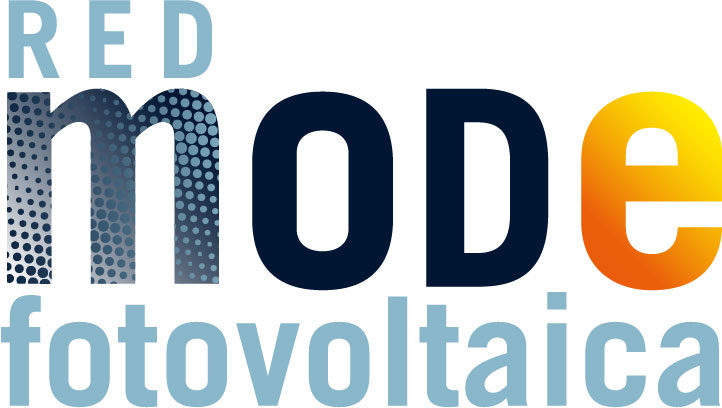
Dr. Enrique Ortí is Professor of Physical Chemistry at the University of Valencia and a well-known expert in the area of organic electronics (over 315 publications, h-index 58). In 2014, Dr. Enrique Ortí was awarded with the Research Excellence Prize by the Spanish Royal Society of Chemistry (RSEQ). He is the coordinator of the inter-university Doctoral Program in “Theoretical Chemistry and Computational Modelling”. He has been visiting researcher at the Laboratoire de Chimie Théorique Appliquée, Facultés Universitaires Notre-Dame de la Paix (Namur, Belgium) and invited professor at the Service de Chimie des Matériaux Nouveaux, Université de Mons-Hainaut (Mons, Belgium). His research activity has been focused on the theoretical study of donor-acceptor organic dyes, organic semiconductors, ionic transition-metal complexes, supramolecular polymers, etc. as electroactive systems for molecular electronic devices (light-emitting electroluminescent devices, photovoltaic solar cells, etc.)
About his group
The Molecular Materials Theoretical Chemistry group (MolMatTC: www.uv.es/qcmatmol/) was created in 1988 and is hosted in the Molecular Science Institute (ICMol, “Instituto de Ciencia Molecular”: http://www.icmol.es/), founded in 2000 and acreditated as a Unit of excellence “Maria de Maeztu” at the national level during two consecutive 4-year periods (2016−2019 and 2020−2023). The research effort of the MolMatTC group is focused on the theoretical characterization of the structural, electronic, self-assembly and charge/energy transport properties of molecular systems acting as electroactive/photoactive materials for molecular electronics. By making use of an integrated and multiscale computational approach, we want to explore the intimate relationship between the chemical structure and electronic properties of the molecular building blocks, their supramolecular organization and exciton/charge transport properties, and the functionality of the material in order to improve the performance of the material.
Recent publications
- P. Gómez, J. Cerdá, M. Más-Montoya, S. Georgakopoulos, I. da Silva, A. García, E. Ortí, J. Aragó, D. Curiel. “Effect of Molecular Geometry and Extended Conjugation on the Performance of Hydrogen-Bonded Semiconductors in Organic Thin-Film Field-Effect Transistors”. Mater. Chem. C 2021, 9, DOI: 10.1039/d1tc01328a.
- J. Santos, J. Calbo, R. Sandoval-Torrientes, I. García-Benito, H. Kanda, I. Zimmermann, J. Aragó, M. K. Nazeeruddin, E. Ortí, N. Martín. “Hole-Transporting Materials for Perovskite Solar Cells Employing an Anthradithiophene Core”. ACS Appl. Mater. Interfac. 2021, 13, 28214−28221.
- L. A. Illicachi, J. Urieta-Mora, J. Calbo, J. Aragó, C. Igci, I. García-Benito, C. Momblona, B. Insuasty, A. Ortiz, C. Roldán-Carmona, A. Molina-Ontoria, E. Ortí, N. Martín, M. K. Nazeeruddin. “Azatruxene-Based, Dumbbell-Shaped, Donor–π-Bridge–Donor Hole-Transporting Materials for Perovskite Solar Cells”. Chem. Eur. J. 2020, 26, 11039−11047.
- M. Privado, P. Malhotra, P. de la Cruz, R. Signal, J. Cerdá, J. Aragó, E. Ortí, G. D. Sharma, F. Langa. “Ternary Organic Solar Cell with a Near-Infrared Absorbing Selenophene-Diketopyrrolopyrrole-Based Nonfullerene Acceptor and an Efficiency above 10%”. Solar RRL 2020, 4 (3), 1900471 (10 pp).
- J. Urieta-Mora, I. Zimmermann, J. Aragó, A. Molina-Ontoria, E. Ortí, N. Martín, M. K. Nazeeruddin. “Dibenzoquinquethiophene- and Dibenzosexithiophene-Based Hole-Transporting Materials for Perovskite Solar Cells”. Chem. Mater. 2019, 31, 6435−6442.
